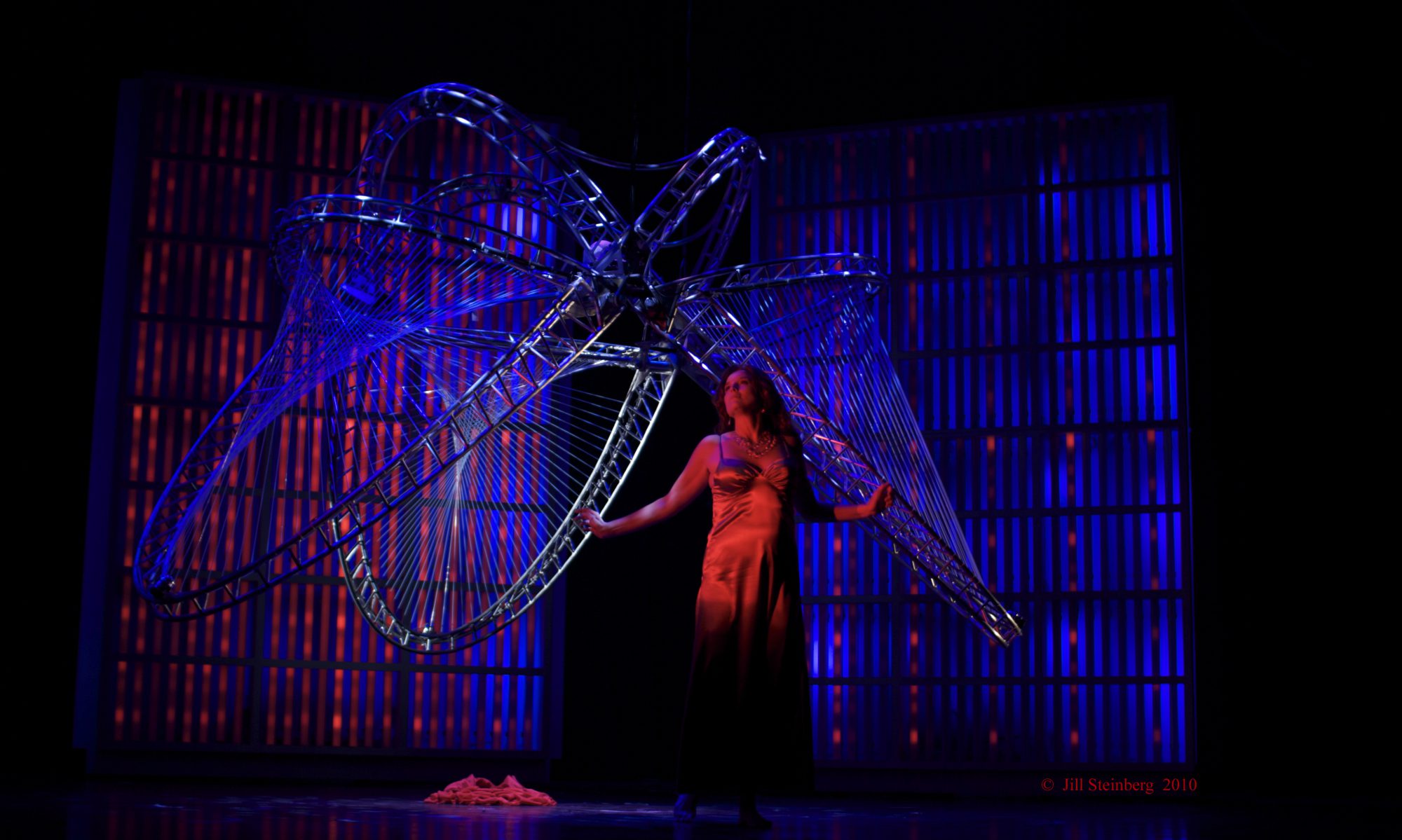A one-stop shop for performing organizations interested in Tod Machover’s “Hyper Dim Sums”, short works for string quartet
“Machover’s exquisite attention to line and form is most evident in the trio of splendid short works for string quartet”
– Phil Muse
LISTEN – Excerpts
To request a CD or MP3 of full tracks please email junekino@media.mit.edu for a download code. The CD is available for purchase from Bridge Records and Amazon.com.
Interlude 1 (excerpt)
Winding Line (excerpt)
THE SCORE: 3 Hyper Dim-Sums (Boosey & Hawkes 2004)
PERFORMING ENSEMBLE REQUIREMENTS
“Hyper Dim Sums” is scored for a traditional string quartet, with no electronics.
REVIEWS OF THE CD “…BUT NOT SIMPLER…”
- New Music Connoisseur – Andrew Violette review “…but not simpler…”
- Audiophile Audition – TOD MACHOVER: ‘…but not simpler…’ & other works – Bridge Records
- Review: Machover CD an “absolutely stunning experience”
- Gramophone – Review of the CD “…but not simpler…”
- AllMusic.com – Review of Tod Machover’s …but not simpler…
Machover ultimately responded in 2005 when he created a major string quartet which he entitled “. . . but not simpler.’’ But before Machover embarked on that piece, he involved the Ying Quartet in a project with the La Jolla Music Society in California which sponsored a composition competition in the San Diego area using Hyperscore. As part of the mentoring process for all the amateur composers, Machover created three short pieces for string quartet using Hyperscore himself, Hyper-Dim-Sums.
Machover admits with a laugh that Beethoven himself could not have created his string quartets using Hyperscore; the computer program makes it easier to explore and experiment than to realize pre-imagined sounds and structures, but it is certainly possible to create music of sufficient quality and density to interest performers and an audience.
The titles of these tasty little appetizers are descriptive and selfexplanatory – “Glade,’’ “Winding Line,’’ and “Punchy.’’ In fact, on the Hyperscore screen for “Winding Line’’ you can see the sinuous twists and turns of a line that looks like a country highway on a map– the meter in “Winding Line,’’ for example, is constantly changing, and the harmonies are often surprisingly pungent. (One of the many interesting aspects of the Hyperscore workshops with children is that they are completely unfazed by dissonance – in fact they seem to prefer it.)
